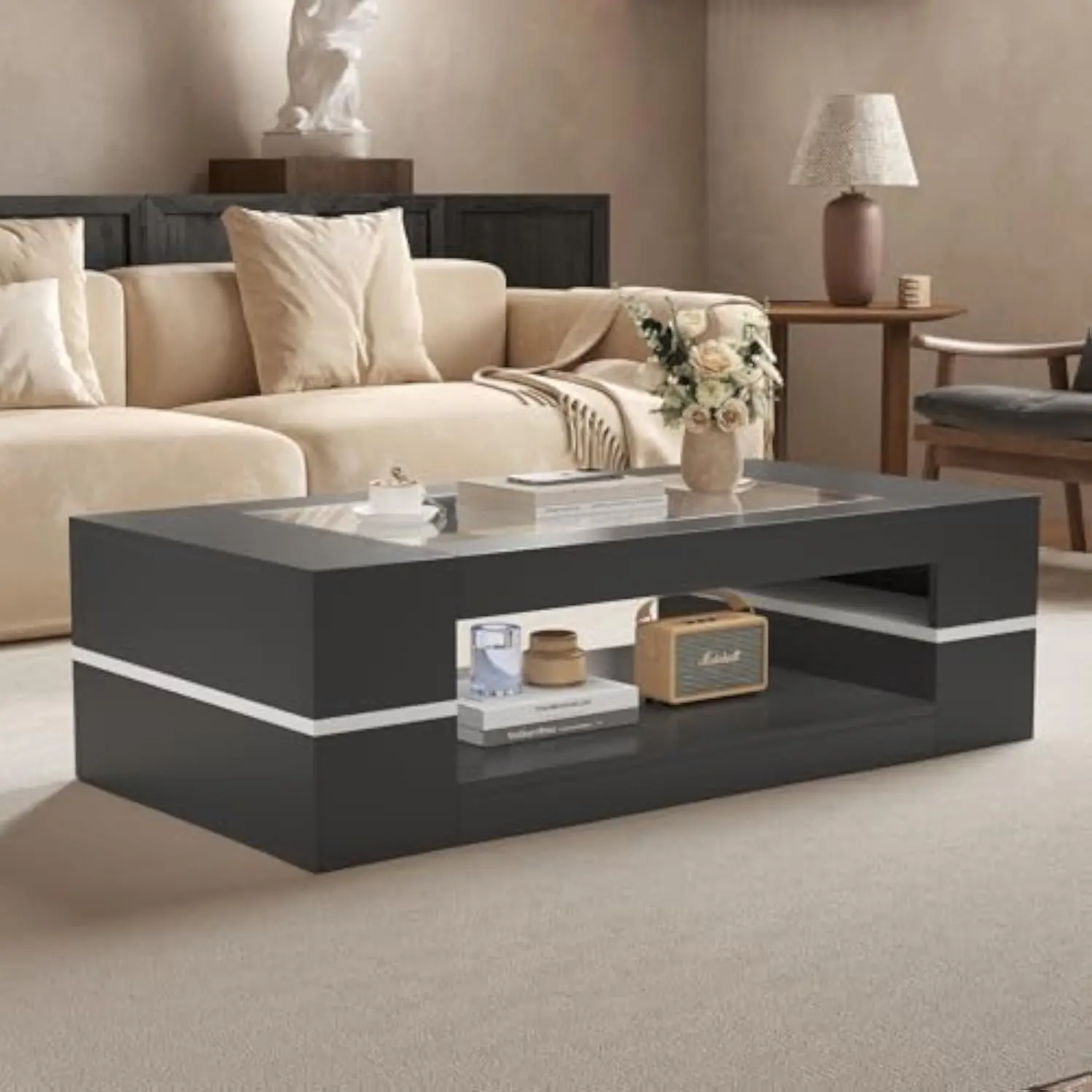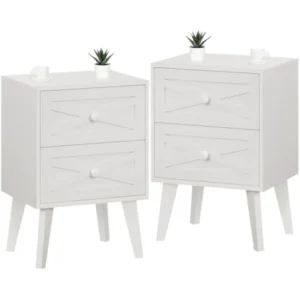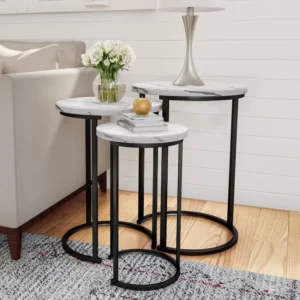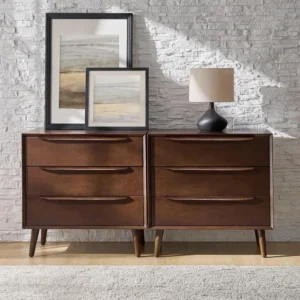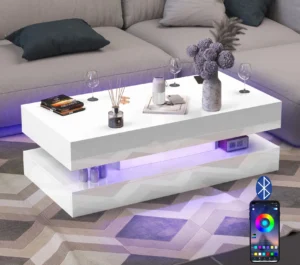What Makes Glass Coffee Tables Unique Styling Opportunities
Glass coffee tables offer extraordinary potential as centerpieces in your living space. Unlike their solid counterparts, these transparent beauties create a sense of airiness and elegance while serving as the perfect canvas for your personal style expression.
The unique properties of glass coffee tables create special styling opportunities:
- Visual lightness – Glass creates an illusion of more space, making them perfect for smaller rooms
- Reflective qualities – Glass surfaces bounce light around the room, enhancing brightness
- Versatility – They complement virtually any décor style from traditional to ultra-modern
- Showcase potential – The transparency allows beautiful rugs or flooring underneath to become part of the design
What makes glass tables particularly special is how they balance presence with invisibility. They anchor a seating area without the visual weight of wooden or upholstered alternatives. This transparency creates both opportunity and challenge when it comes to styling.
The mid-century modern aesthetic particularly celebrates these qualities, with many glass top coffee table ideas emphasizing clean lines and thoughtful arrangements. These tables serve as functional art pieces that transform living spaces through their elegant simplicity.
When choosing the right table for your space, consider exploring various mid-century modern glass top coffee tables that combine authentic design with practical functionality. Their timeless appeal makes them versatile foundations for the styling techniques we’ll explore.
Essential Styling Principles for Glass Coffee Tables
Balance and Proportion
When styling a glass coffee table, achieving visual balance is crucial. The transparent surface creates a unique challenge—without careful arrangement, items can appear to “float” haphazardly. Aim for arrangements that feel grounded, with visual weight distributed evenly across the surface.
The Power of Odd Numbers
Design professionals consistently rely on the “rule of three” when creating visually appealing arrangements. Our brains naturally find odd-numbered groupings more interesting and dynamic than even-numbered ones. Try clustering three complementary items—perhaps a small plant, decorative box, and sculptural object—rather than four or two.
Creating Contrast Through Texture
Glass surfaces benefit tremendously from textural contrast. Incorporate materials like rough ceramics, woven baskets, smooth metals, or natural wood to create visual interest against the sleek transparency. These varied textures help ground your arrangement and prevent the clinical feeling that can sometimes accompany glass furniture.
Height Variation
A common styling mistake is placing all items at the same height level. Create visual interest by varying heights—stack books to elevate certain objects, use taller vases alongside lower bowls, or incorporate sculptural pieces of different heights. This creates a dynamic arrangement that draws the eye.
Embracing Negative Space
With glass tables, the “less is more” principle applies strongly. The transparent nature means that too many items can create visual clutter quickly. Don’t feel compelled to fill the entire surface—thoughtful negative space actually enhances the items you choose to display and maintains the light, airy quality that makes glass tables appealing.
Understanding proper glass top mid-century coffee table layout tips helps create arrangements that feel intentional rather than random. These foundational principles inform all the specific styling approaches we’ll explore in the following sections.
Creating a Styled Tray: The Foundation of Glass Table Decor
A well-chosen decorative tray forms the cornerstone of effective glass coffee table styling. Trays perform an essential organizing function by creating visual boundaries on otherwise borderless transparent surfaces. They transform scattered items into cohesive vignettes while adding structure and definition.
Selecting the Perfect Tray:
* Choose a size proportional to your table (ideally covering 1/2 to 2/3 of the surface)
* Consider complementary materials—wooden trays add warmth, metal trays introduce elegance, while woven trays bring texture
* Match the tray shape to your table shape (rectangular trays for rectangular tables, round or oval for circular tables)
* Look for trays with some height or feet to create separation from the glass
The tray creates a defined area for smaller items that might otherwise look randomly scattered. Within this boundary, you can build mini vignettes—thoughtful groupings of objects that tell a visual story or create a mood.
What makes trays particularly valuable on glass surfaces is how they help manage the reflection and transparency. A tray provides a visual anchor that helps the eye make sense of the arrangement, preventing the scattered appearance that can happen when items sit directly on glass.
Functionality remains important—a beautiful tray can corral remote controls, coasters, or other everyday items while maintaining visual harmony. Try arranging a small stack of books, a scented candle, and perhaps a small decorative object within your tray for an instantly pulled-together look.
For more inspiring combinations and arrangements, explore additional glass coffee table decor styling ideas that balance aesthetics with practicality.
Styling with Books: Creating Elegant Height and Personal Expression
Books are among the most versatile styling tools for glass coffee tables. They add structure, height, and personality while creating platforms for displaying smaller decorative objects. The right books transform your table from merely functional to thoughtfully curated.
When selecting books for styling, consider both their visual appeal and content. Large-format art, photography, or design books with beautiful covers work particularly well. Choose titles that reflect your interests—whether travel, architecture, fashion, or nature—as they’ll inevitably become conversation starters.
Book Arrangement Styles:
| Style | Best For | Visual Effect |
|---|---|---|
| Horizontal Stack | Creating pedestals for small objects | Structured, organized |
| Cascading Size | Visual interest on larger tables | Dynamic, intentional |
| Fanned Arrangement | Showcasing beautiful covers | Casual, inviting |
| Single Statement Book | Minimalist aesthetics | Bold, focused |
The size of your glass table should inform your book selection. Smaller tables benefit from fewer, carefully chosen volumes, while larger mid-century modern rectangular coffee tables can accommodate more substantial stacks or multiple groupings.
Books can also introduce color coordination with your room’s palette. Consider how book spines or covers might complement or intentionally contrast with surrounding decor elements. For a cohesive look, choose books with covers in complementary tones; for a bolder statement, select vibrant colors that pop against your décor.
When using books as risers for other objects, ensure stability by placing heavier items on larger books. The transparency of glass allows the colors and textures of book covers to remain visible from multiple angles, creating additional visual interest in your arrangement.
Adding Life with Plants and Florals
Incorporating botanical elements softens the hard edges of glass surfaces, creating a perfect textural counterpoint. Plants and flowers bring natural energy, color, and organic shapes that beautifully contrast with the sleek transparency of glass.
When selecting plants for your coffee table, consider scale carefully. Overwhelming your table with oversized plants creates visual imbalance, while specimens too tiny may get lost visually. Medium to small plants or compact floral arrangements typically work best.
Ideal Plant Varieties for Glass Coffee Tables:
- Succulents – Low-maintenance with sculptural forms
- Air plants – No soil required, creating clean lines
- Small ferns – Delicate fronds add softness and movement
- Snake plants (mini) – Architectural vertical elements
- Pothos – Trailing vines create dynamic movement
The container is just as important as the plant itself. Consider vessels that complement your décor style—ceramic pots add texture, brass containers bring warmth, while clear glass containers create an interesting transparency-within-transparency effect.
Fresh flowers create immediate impact but require more maintenance. For longevity, high-quality artificial plants or dried arrangements can provide the organic element without the upkeep. When using artificial options, invest in the best quality you can afford, as inexpensive faux plants often detract rather than enhance your styling.
The comparison between styling different table materials becomes apparent when adding organic elements—while glass vs. wood coffee tables both benefit from plants, the transparent quality of glass creates a floating effect that’s particularly striking with botanical elements.
Remember that living plants on display surfaces require protective measures. Use saucers or drainage solutions that prevent water damage while maintaining visual appeal. Elevating plants on books or decorative stands adds height variation while protecting the glass surface.
Decorative Objects: Expressing Personality Through Curated Accents
Decorative objects transform a glass coffee table from purely functional to personally meaningful. These carefully selected pieces serve as artistic statements, conversation starters, and expressions of your unique taste and experiences.
When choosing decorative accents for glass tables, consider how their visual weight interacts with the transparent surface. Objects that look substantial on wood might appear to “float” on glass, sometimes creating an ungrounded effect. Opt for pieces with enough presence to hold their own visually.
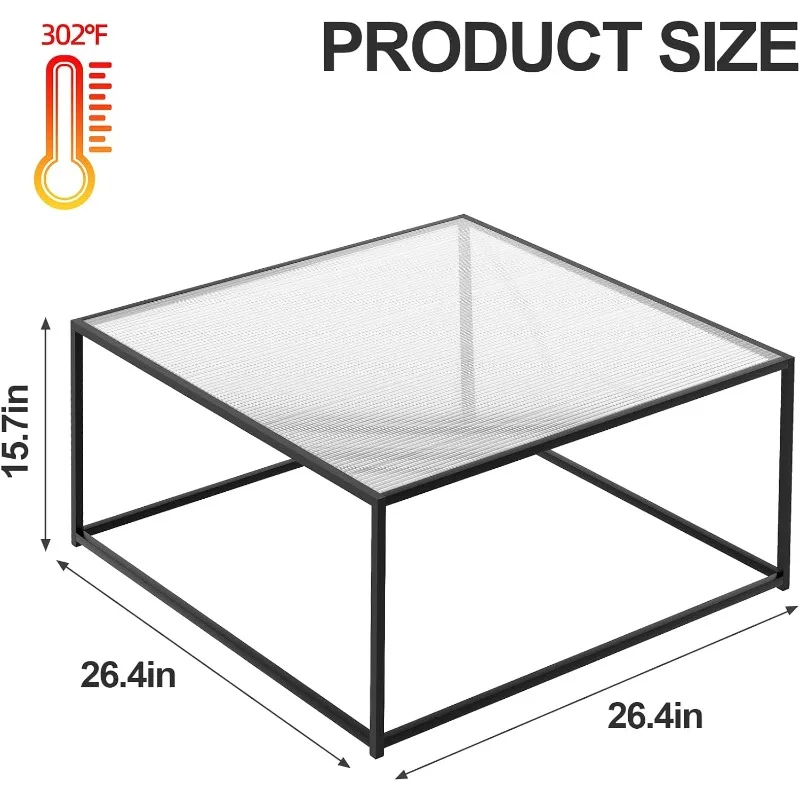
Types of Decorative Objects and Their Effects:
| Object Type | Visual Effect | Best Materials |
|---|---|---|
| Sculptural pieces | Create artistic focal points | Stone, ceramic, metal |
| Natural elements | Add organic texture | Driftwood, geodes, shells |
| Collectibles | Express personal stories | Varies by collection |
| Geometric forms | Introduce modern structure | Metal, glass, wood |
| Antiquities | Add historical depth | Bronze, ceramic, wood |
Material selection greatly impacts how objects appear on glass. Matte finishes like unglazed ceramics provide contrast against the glossy surface, while metallic objects create interesting reflections. Natural materials like wood or stone add warmth and textural interest to the cool glass foundation.
Scale consideration becomes particularly important with glass tables. Objects too small can appear insignificant, while overly large pieces may overwhelm the surface or create precarious-looking arrangements. Consider the table’s proportions when selecting accent pieces.
When arranging multiple objects, create intentional groupings rather than scattered placement. Follow the design principle of creating “moments”—small vignettes that draw the eye and tell a visual story. This approach feels more purposeful than randomly distributed items.
Functional Decor: Balancing Beauty with Practicality
Coffee tables must balance aesthetic appeal with everyday functionality. The most beautifully styled arrangement quickly loses its charm if it impedes comfortable use of your living space. Thoughtful styling incorporates practical elements while maintaining visual harmony.
Practical Elements That Maintain Style:
- Decorative boxes – Perfect for concealing remotes, gaming controllers, or other small electronics
- Beautiful coasters – Protect your glass surface while adding decorative elements
- Stylish bowls – Corral small items like reading glasses or keys
- Curated candles – Add ambiance while serving as sculptural elements
- Decorative matches – Practical for candle users while adding visual interest
When selecting functional decor, consider how frequently you’ll need to access items. Place everyday necessities within easy reach, while purely decorative elements can occupy less accessible positions. This thoughtful placement ensures your arrangement remains intact during daily use.
Candles serve as both practical and decorative elements on glass tables. The transparent surface beautifully reflects candlelight, creating enhanced ambiance. Choose candle holders with stable bases to prevent tipping, and consider how the candle style complements your overall design approach.
The shape of your table influences functional styling decisions. Mid-century modern round coffee tables often work best with radial arrangements that maintain clear access from all seating positions, while rectangular tables may benefit from a more linear organization.
Always leave some clear space for setting down drinks, books, or plates. Even the most beautiful styling feels frustrating if it doesn’t accommodate life’s daily activities. The most successful coffee table arrangements evolve with use rather than prohibiting it.
Design by Style: Glass Coffee Table Arrangements for Different Aesthetics
Glass coffee tables possess remarkable versatility, adapting beautifully to diverse design aesthetics. By adjusting your styling elements and arrangement principles, you can tailor your glass table to complement any interior style.
Mid-Century Modern
- Key elements: Clean lines, organic curves, minimal ornamentation
- Material focus: Walnut or teak accents, brass details
- Styling approach: Geometric sculptures, low profile arrangements
- Color palette: Warm woods with pops of mustard, teal, or tangerine
Minimalist
- Key elements: Maximum restraint, intentional negative space
- Material focus: Monochromatic palette, subtle textures
- Styling approach: Single statement piece or asymmetrical arrangement
- Color palette: Neutrals with perhaps one accent color
Bohemian/Eclectic
- Key elements: Layered textures, global influences, collected appearance
- Material focus: Natural fibers, handcrafted items, mixed patterns
- Styling approach: Casual, slightly abundant arrangements
- Color palette: Rich, varied tones with multiple accent colors
Modern Glamour
- Key elements: Luxurious materials, reflective surfaces
- Material focus: Crystal, metallics, mirrored elements
- Styling approach: Symmetrical arrangements, statement pieces
- Color palette: Neutrals with metallic accents, possibly jewel tones
Organic Modern
- Key elements: Natural materials with contemporary forms
- Material focus: Raw wood, stone, ceramics
- Styling approach: Asymmetrical balance, emphasis on texture
- Color palette: Earth tones, whites, soft neutrals
The techniques for mastering round coffee table styling differ slightly from rectangular arrangements, with circular tables often benefiting from a central focal point with supporting elements radiating outward. This creates a natural flow that complements the table shape.
Regardless of your chosen aesthetic, maintain consistency in your approach. A successfully styled glass coffee table reflects the overall design language of your space while still offering its own distinct visual interest.
Solving Common Glass Table Styling Challenges
Q: How can I keep my glass table looking clean without constant maintenance?
A: Use microfiber cloths specifically designed for glass surfaces and clean with a vinegar-water solution or commercial glass cleaner. Placing items on trays reduces direct contact with the glass, minimizing fingerprints. Consider keeping a small cloth nearby for quick touch-ups.
Q: My glass coffee table feels cold and uninviting. How can I warm it up?
A: Incorporate natural materials like wooden trays, woven baskets, or textured ceramics. Soft elements such as small fabric-bound books or a petite textile piece underneath a tray add warmth. Amber-toned decorative objects or warm metallic accents (brass, copper) also counterbalance glass coolness.
Q: How do I manage glare and reflections on my glass table?
A: Position the table away from direct sunlight when possible. Use matte-finished decorative objects rather than highly reflective ones to reduce additional glare. Consider a textured tray as your foundation to minimize the reflective surface area.
Q: My glass table has an unusual shape. How should I approach styling it?
A: Embrace the unique shape by echoing it in your arrangement. For irregular shapes, find the visual center and build outward. With multi-tiered tables, treat each level as its own styling zone with decreasing density as you move upward.
Q: How can I protect my glass surface while keeping it beautiful?
A: Always use coasters for drinks and felt pads under decorative objects that might scratch. For glass coffee table safety tips, consider adding corner protectors if you have young children, and never place extremely hot items directly on the glass.
Q: How do I handle cables and electronics near my transparent coffee table?
A: Use decorative boxes to conceal remotes and charging devices. Consider cable management solutions that attach to the underside of the table frame. Position larger decorative objects strategically to hide outlets or necessary cables.
Seasonal Refreshes: Keeping Your Glass Table Styling Current
Refreshing your glass coffee table styling seasonally creates visual interest throughout the year without requiring complete redesigns. The transparent nature of glass tables makes them perfect canvases for seasonal expression.
Spring Renewal:
* Replace heavy winter elements with lighter, brighter accents
* Introduce fresh flowers or green botanical elements
* Add lighter colored books or objects in pastel hues
* Consider natural elements like decorative bird’s nests or botanical prints
Summer Vibrancy:
* Embrace bold colors through book covers or decorative objects
* Add coastal elements like shells or blue glass accessories
* Include citrus-colored accents for freshness and energy
* Consider lightweight, natural materials like raffia or light woods
Autumn Warmth:
* Incorporate richer, deeper tones through books and decorative objects
* Add textural elements like small woven baskets or wooden sculptures
* Include botanical elements like miniature pumpkins or dried seed pods
* Consider amber-colored glass or metallic copper accents
Winter Coziness:
* Introduce metallic elements for festive sparkle
* Add candleholders in winter-appropriate materials like crystal or silver
* Include textural contrast through velvet-covered boxes or books
* Consider evergreen elements like small pine branches or pinecones
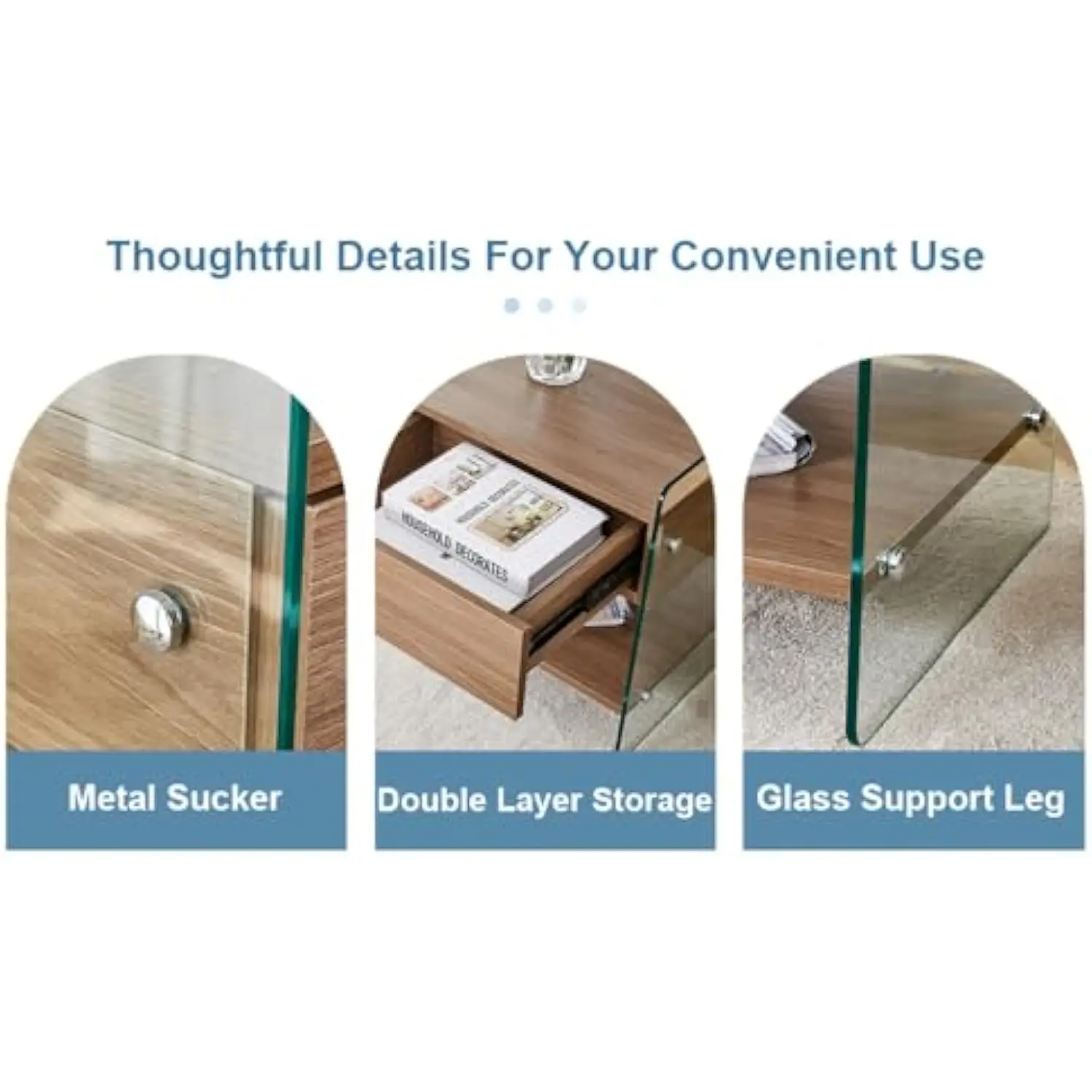
When refreshing seasonally, maintain some consistent anchor pieces that remain year-round. This creates continuity while allowing for expressive seasonal changes. A beautiful tray, favorite sculptural piece, or stack of meaningful books can serve as your styling foundation across seasons.
The transparency of glass particularly enhances seasonal styling, as light interacts differently with your decor elements throughout the year. This ever-changing quality keeps your space feeling fresh and responsive to the natural world outside.
How to Style Glass Coffee Tables of Different Shapes and Sizes
The shape and size of your glass coffee table significantly influence optimal styling approaches. By understanding these differences, you can create arrangements that enhance rather than fight against your table’s inherent geometry.
| Table Shape | Best Arrangement Pattern | Key Considerations |
|---|---|---|
| Round | Radial/concentric | Central focal point with supporting elements radiating outward |
| Rectangular | Grid/linear | Create zones or use a running centerline arrangement |
| Square | Quadrant | Divide visually into sections or use central focal point |
| Oval | Linear central | Emphasize the central axis with graduated heights |
| Irregular | Asymmetrical balance | Work with the unique form rather than against it |
Small Space Glass Tables:
For compact tables, selectivity becomes crucial. Choose fewer, more impactful items rather than many small ones, which can create visual clutter. A single beautiful tray containing 3-5 thoughtfully selected items often works best. Consider the scale of objects—items should be proportionally smaller than those used on larger tables.
Large Statement Tables:
Expansive glass surfaces allow for more complex arrangements. Consider creating multiple vignettes or “moments” across the surface. Larger books, substantial decorative objects, and taller botanical elements work well. Maintain adequate negative space—even large tables benefit from breathing room.
Multi-Level and Nesting Tables:
Mid-century modern nesting coffee tables require coordinated styling across levels. Decrease the density of objects as you move to smaller or lower tables. The primary table can hold larger anchoring elements, while nesting tables feature complementary but simpler arrangements.
Remember that viewing angles differ based on table shape. Round tables are generally viewed from all sides, requiring arrangements that look balanced from multiple perspectives. Rectangular tables often have a primary viewing angle from the sofa, allowing for more directional styling.
Expert Designer Tips for Elevated Glass Table Styling
Triangle arrangement technique: Professional stylists often group objects in triangular formations to create visual interest and stability. Place your tallest item at the back, medium-height item to one side, and lowest element opposite to create a naturally pleasing composition.
The 60-30-10 rule: Apply this designer color principle to your table styling—60% dominant color (often through larger items), 30% secondary color, and 10% accent color for visual pop. This creates harmony while maintaining interest.
Photography-inspired rule of thirds: Imagine dividing your table surface into a grid of nine equal parts. Place focal points at the intersections of these dividing lines rather than at the center for a more dynamic arrangement.
Visual weight balancing: Even when physical size differs, items should feel balanced in visual importance. A small but bright or texturally rich object may “weigh” the same visually as a larger, more subdued piece.
Layering principle: Create depth by slightly overlapping elements rather than placing everything with clear separation. This creates a more organic, evolved look suggesting thoughtful collection rather than staged arrangement.
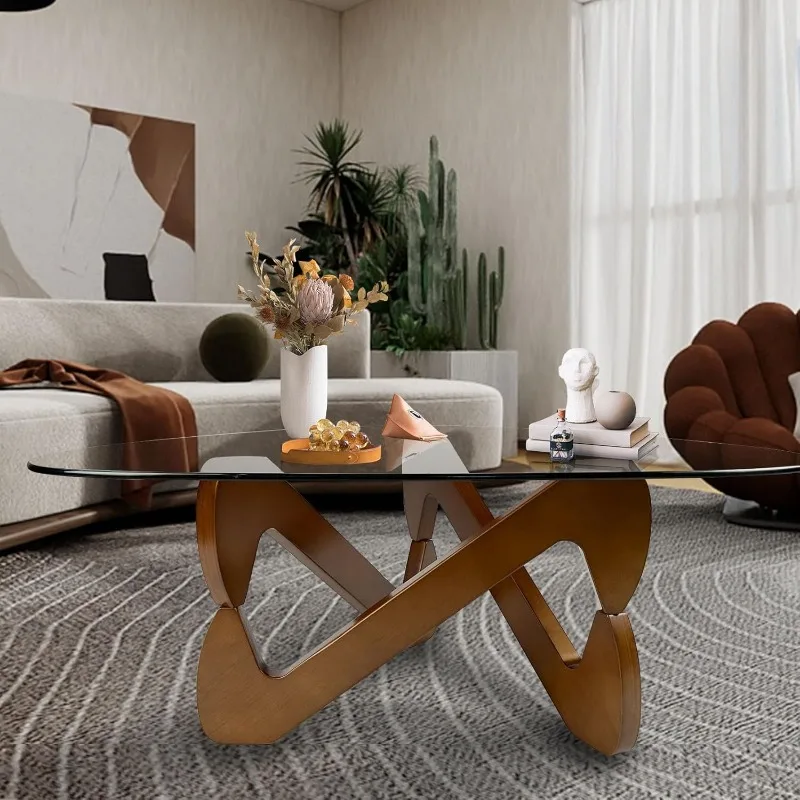
Storytelling through objects: Curate items that relate conceptually—objects collected during travels, items sharing a color story, or pieces from the same era. This creates cohesive vignettes with narrative quality.
The unexpected element: Include one surprising or conversation-starting piece among more expected items. This might be something whimsical, oversized, or unusually textured that draws attention.
The principles behind modern glass top coffee table design naturally complement these styling techniques, creating a harmonious relationship between the furniture piece itself and the decorative elements it displays.
The Perfect Pairing: Coordinating Your Glass Coffee Table with Other Furniture
Your glass coffee table doesn’t exist in isolation—it’s part of a cohesive furniture arrangement. Successful styling considers how table decor connects visually to surrounding pieces.
The relationship between your coffee table and adjacent seating defines your living space’s functionality and aesthetic flow. Consider sight lines from different seating positions—arrangements should look intentional from each primary viewing angle.
Complementary Furniture Pairings:
| Primary Furniture | Complementary Glass Table Style | Styling Approach |
|---|---|---|
| Plush fabric sofa | Frame in contrasting material | Textural elements to bridge materials |
| Leather seating | Warm-toned metal frame | Incorporate natural materials for balance |
| Modern sectional | Minimalist glass design | Clean, architectural styling elements |
| Traditional upholstery | Classic glass with detailed base | More formal, symmetrical arrangements |
| Wicker/rattan pieces | Glass with natural material accents | Emphasize organic elements in styling |
Material coordination creates visual conversation between furniture pieces. If your seating features wood elements, incorporate similar wood tones in your coffee table styling through trays or decorative objects. This creates subtle connections that enhance cohesiveness.
Consider how your coffee table styling relates to other horizontal surfaces in the room. While exact matching isn’t necessary, establishing visual relationships between your coffee table, mid-century modern side end tables, and other surfaces creates harmony. This might involve repeating materials, colors, or styling motifs across different surfaces.
Height relationships also matter—coffee table styling should generally stay lower than adjacent side table decor to maintain proper visual hierarchy. This prevents competition between surfaces and creates appropriate scale relationships throughout the room.
Mid-Century Modern End Table Sets of 2, Mid-Century Modern Square Side & End Tables, Mid-Century Modern White Side & End Tables
$348.24 Select options This product has multiple variants. The options may be chosen on the product pageMid-Century Modern Nesting Side & End Tables, Mid-Century Modern Nesting Table Sets, Mid-Century Modern Round Side & End Tables
Price range: $239.35 through $273.06 Select options This product has multiple variants. The options may be chosen on the product pageMid-Century Modern End Table Sets of 2, Mid-Century Modern Walnut Side & End Tables
Price range: $978.89 through $1,957.38 Select options This product has multiple variants. The options may be chosen on the product pageMid-Century Modern Glass Top Coffee Tables, Mid-Century Modern Glass Top Side & End Tables
$460.58 Select options This product has multiple variants. The options may be chosen on the product pageMid-Century Modern Glass Top Coffee Tables, Mid-Century Modern Vintage Coffee Tables, Mid-Century Modern Vintage Side & End Tables
$725.36 Select options This product has multiple variants. The options may be chosen on the product pageMid-Century Modern Large Coffee Tables, Mid-Century Modern Rectangular Coffee Tables
$603.26 Select options This product has multiple variants. The options may be chosen on the product page
Remember that negative space is as important between furniture pieces as it is within your coffee table styling. Allow adequate physical and visual breathing room between your styled coffee table and surrounding furniture to prevent a crowded, cluttered appearance.
At Hearth Forms, we believe that thoughtfully styled glass coffee tables create focal points that elevate entire living spaces. The transparent quality of glass creates unique opportunities for personal expression while maintaining visual lightness—a perfect balance for today’s homes.

